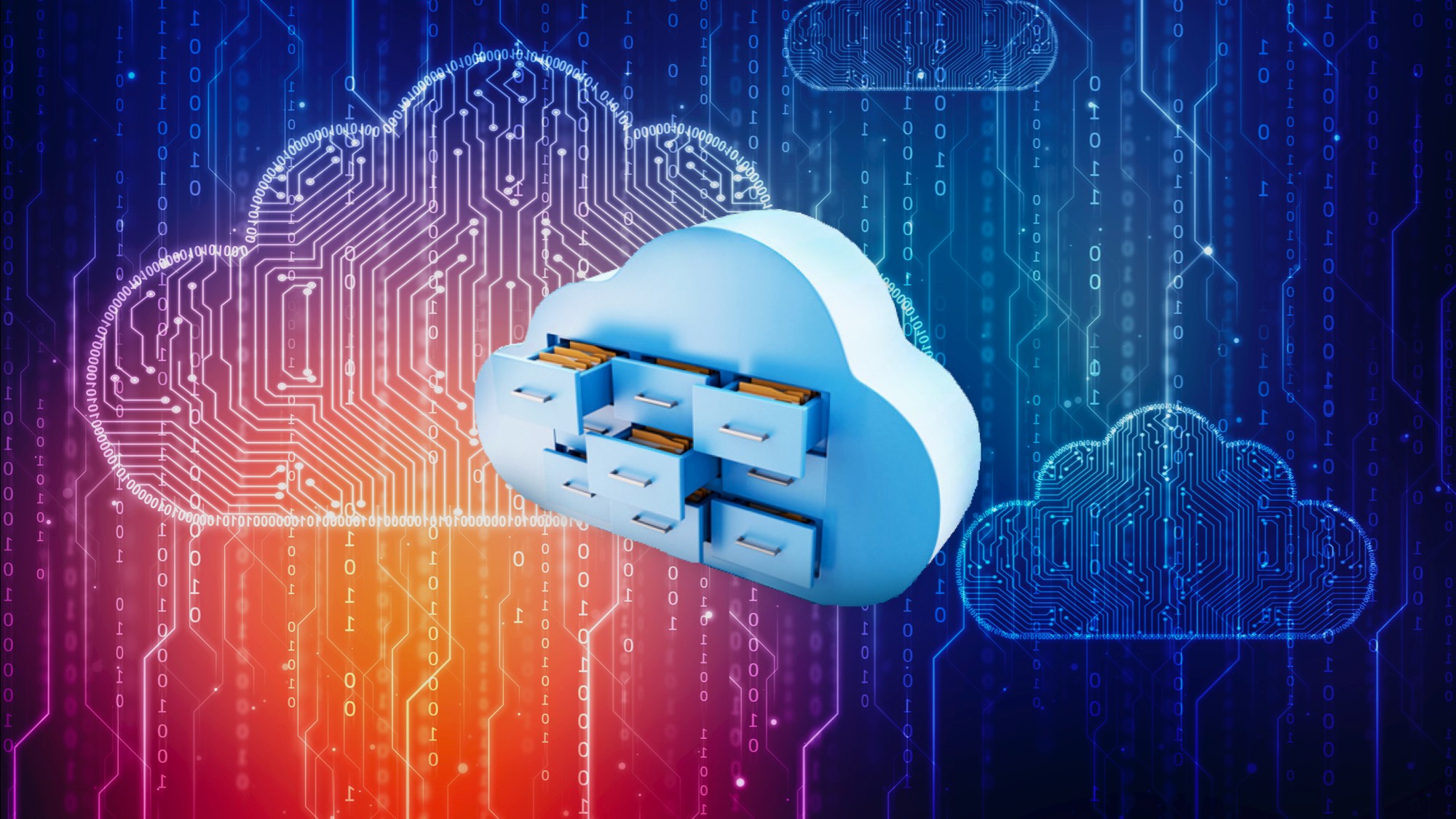
How to pivot your data (Like we did)
When we started data archiving more than a decade ago, the enterprise was a very different place. Companies had challenges dealing with data growth — application performance issues, growing storage costs, and dealing with application upgrades — manageable by today’s standards. To address the data management issue, we pioneered the ILM-ready Solix Enterprise Data Management Suite for enterprises to automate and manage data archiving.
However, the needs of the enterprise are no longer met by standard data archiving. Today, companies are drowning in data. The amount of data produced every day is estimated to be 2.5 quintillion bytes, and the pace of data growth is still accelerating rapidly. On a granular level, a single flight of a single commercial jet plane is estimated to generate a terabyte of data.

The big issue is that “data” does not mean what it once did. A decade ago, most was structured data from internal sources such as financial systems and ERP. Today, big data encompasses social media data, machine-generated logs, IoT, real-time, and much more.
Big data, new opportunities
On the one hand, all this new information has promised huge business opportunities. Large mobile communications carriers like AT&T, Verizon, and Sprint in the United States have been capturing and analyzing data on their customers from multiple sources including service calls and social media, to find where their customer-facing processes break down and why customers decide to switch providers.
Some of the most advanced companies are already using big data to find new market opportunities or entirely new markets. For instance, a century-old train brake manufacturer is analyzing IoT sensor data from freight engines to identify the techniques that the best train engineers use to meet schedules while burning the least fuel. They are providing this analysis back to their class one freight railroad companies worldwide, giving them the keys to cutting fuel consumption from 2 to 4 percent. A single class one freight railroad burns more fuel oil than the U.S. Navy, so the savings from this one analysis can reach multiple millions of dollars. It is no longer about analyzing 2-dimensional data anymore, it is about analyzing n-dimensional data across a multitude of sources without compromising on data governance.
Insight comes at a cost
But this wealth of data comes with challenges, and one of the largest is cost. The cost of data storage is a major component of the overall IT budget, and despite the steady decrease in the cost of storage media per gigabyte, the overall storage budget is increasing.
Capturing and storing this increasing volume of data is extraordinarily taxing on IT departments, and these costs extend beyond the monetary price of a data storage system — physically, the data explosion sucks power in data centers more than ever before. Data growth also slows system processes and forms outage windows, creating situations ranging from inconvenienced users to total system shutdowns.
As expensive as it is, however, companies cannot afford not to capture these huge volumes of data, because those who do not will face an increasing competitive disadvantage. Big data and associated trends (like artificial intelligence) are disrupting most markets, and companies have no choice but to invest and change as fast as they can, just to stay where they are.
Pivot your data with Hadoop and the Common Data Platform
To meet these challenges, CIOs need to pivot their data management strategies and turn to big data solutions like Hadoop to cut costs and improve application performance. Hadoop offers a low-cost bulk storage alternative to storing all enterprise, by leveraging commodity storage and compute. Universal data access is maintained by analytics applications, structured queries, and reporting, or just simple text searches.
A Common Data Platform (CDP) leverages technologies like Hadoop to provide a foundation for all types of enterprise data (structured, unstructured, semi-structured) located across multi-cloud, hybrid-cloud, and on-premises infrastructures — featuring embedded data governance, advanced analytics, and API access under a single, unified platform.
A CDP is built to optimize the five C’s of any enterprise (cash, cost, compliance, cloud and customer 360), leveraging the next-generation of technologies like artificial intelligence and machine learning capabilities to provide predictive and prescriptive business intelligence and reporting.
Learn more about Solix Enterprise Archiving by clicking here.
Related Posts

Introducing Solix Common Data Platform 3.0

Solix Technologies, Inc. Announces Strong Customer Momentum for SOLIXCloud Enterprise Archiving Solution; Named a Visionary in 2022 Gartner® Magic Quadrant™ for Enterprise Information Archiving


